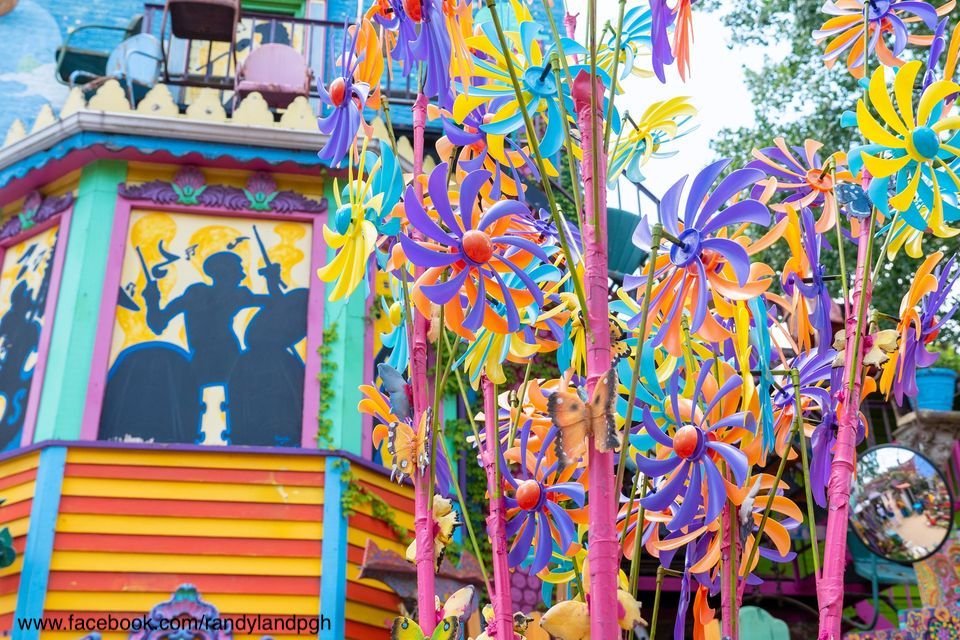
Education
I greatly enjoy spending time in the classroom working with children. I thrive there, and one of my most adamant desires is to see my students reach their full potential – much the same as God wants each of us to reach our full potential; using the talents He has given us to serve Him and the body of Christ. A main aspect I employ in aiding children to do this is exposure to as many different edifying areas as possible.
We are privileged to share with you a brief interview we recently conducted with Dr. Day Butcher, a licensed art therapist and professor at Lancaster Bible College. We invite you to learn about her journey and passion for helping others through creativity.
In my own experience, it is difficult to grow in my artistic craft, whether it be writing, singing, or setting up travel photos, without purposefully studying varying methods or niches involved in that craft.
A little over two hours north of Lancaster, Scranton is the state’s electric city, the name paying homage to its historic innovations in electric lights and streetcars. The city still holds its history in high regard, [but it also has] a deep appreciation for art. Like Lancaster, Scranton holds First Friday events dedicated to celebrating the work of its local artists.
What makes art so beautiful is its chameleon-like nature. Artistic inspiration and interpretation come in many forms, with two individuals being able to view the same piece of art and draw entirely different conclusions from it.
A majestic edifice emerged on the horizon as I approached the Capitol building by way of State Street. Created in the American Renaissance style, I was about to realize that the main building's 272-foot, 52 million-pound dome was only a taste of its opulent interior.
As creatives, we are often reminded to collect our work and curate a portfolio that represents our talent and experiences in various ways. But as Christ-centered creatives, it’s incredibly difficult to hone our God-given abilities while marketing ourselves and seeking new opportunities.
Christians who work within the arts frequently wrestle with an underlying tension: what does it mean for us to be Christian artists? We may find ourselves caught between a Scylla and Chaybdis of two extremes. On the one hand, we’re afraid our art may get too “preachy.” On the other, we don’t want to produce art as the world does.
I first met Henry because of a crumpled wad of paper. The year was 1999 and at 18 years of age, I was a spur-of-the-moment substitute Sunday school teacher. It was a pleasure to fill in, but no one present knew exactly what to expect; least of all, me.









There is something about finding the perfect frame that adds finality to the artmaking process. Dabble all day long, but when the piece is matted, framed, and mounted, you know it is finished. A bit of presentation adds polish. When the time is taken to frame a piece of artwork, there is a perceived worth bestowed upon the art by both the creator and collector.